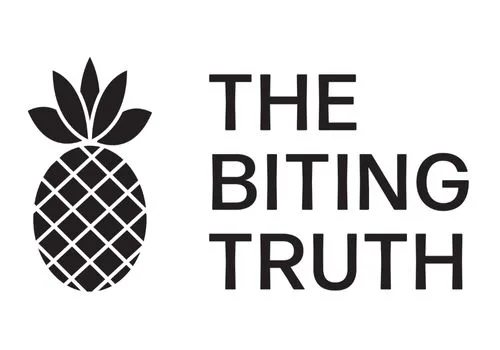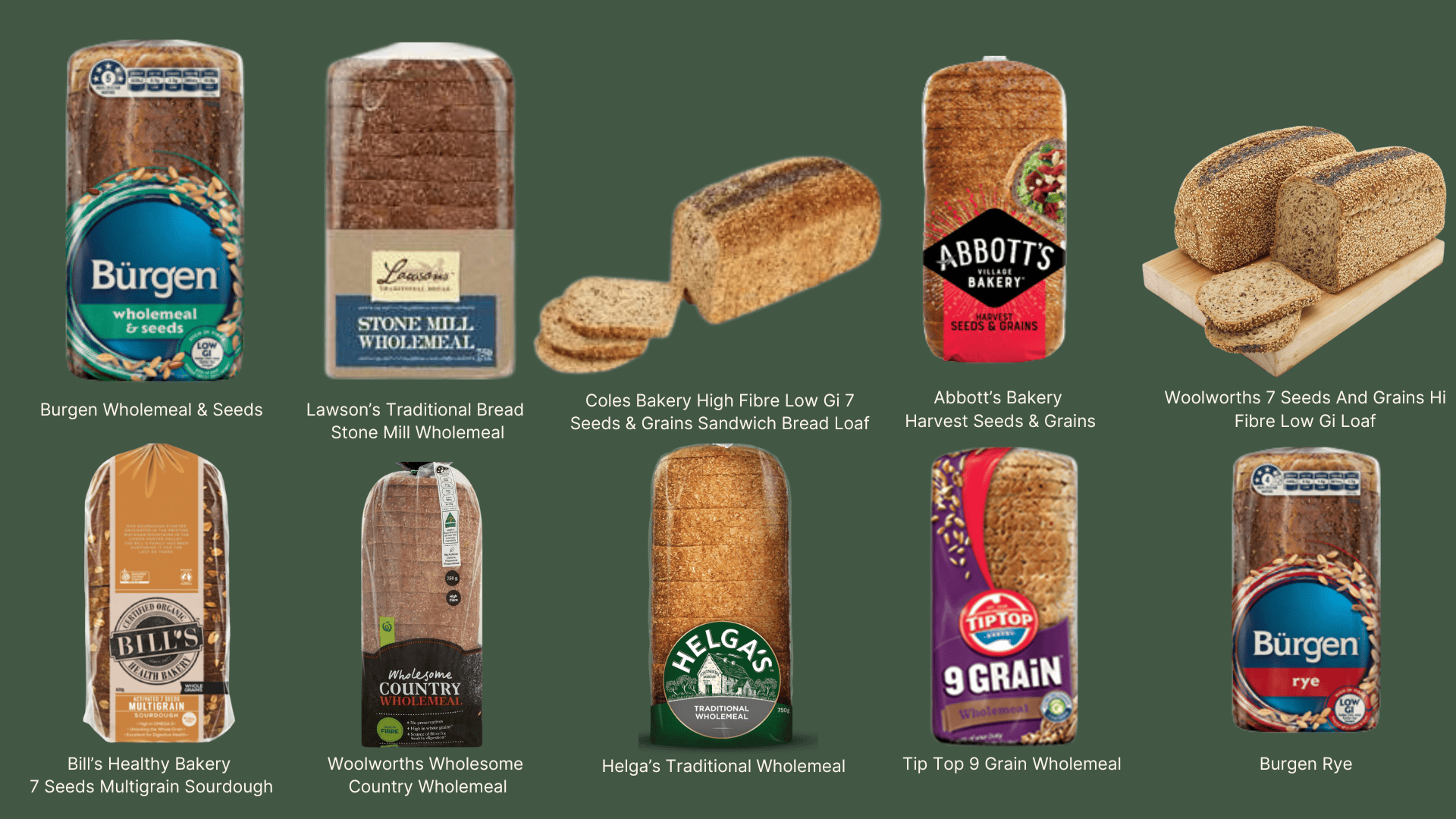
Feeling confused when it comes to breads?
You are not alone.
To make things a little easier and help you choose the healthiest bread, we’ve summarised what you should consider when choosing a bread, what the different varieties means and what our top bread recommendations are.
What to look for when choosing a bread
- Look for the words ‘wholegrain’ or ‘whole’ on the packaging. Aim to choose a bread that contains at least 51% wholegrains.
- Breads can contain a lot of sodium. A low-sodium bread contains less than 120mg of sodium per 100g, but you will find it hard to find. Look for breads that contain less than 500mg of sodium per 100g.
- Aim for a bread that contains at least 5g of fibre per 100g.
Let’s break down the different bread varieties
White bread
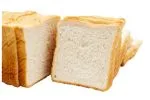
White bread is made from only the endosperm layer of the wheat grain (the wheat grain consists of 3 layers: germ, endosperm and bran and the germ and bran are the most nutrient rich layers). Without the bran and germ included, we miss out on all the fibre, B vitamins, vitamin E, antioxidants and phytochemicals found in these layers. Some brands commercially add fibre and nutrients back in which is a better choice for fussy eaters.
Wholemeal bread
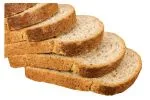
Wholemeal bread is made from all parts of the grain (bran, germ and endosperm) ground into a fine flour listed as “wholemeal wheat flour” in the ingredients. It’s important to check the label of wholemeal breads as some wholemeal breads sold in supermarkets contain a mixture of wholemeal and refined white flour, so they are not as high in fibre and other nutrients as you may think.
Multigrain bread
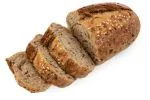
Multigrain bread is made from white flour (which is listed on the ingredients list as “wheat flour”) with some grains and seeds added. Added grains and seeds means it has slightly more fibre and nutrients than white bread however it is still largely white flour and also mistakenly confused with whole grain bread, which has a much more impressive nutrient profile!
Wholegrain bread
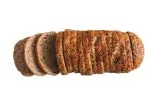
Whole grain bread is made with “wholemeal flour” (meaning it contains all three layers: the bran, germ and endosperm) with added grains and seeds. It has the most fibre, vitamins, minerals, healthy fats and the lowest Glycaemic Index.
Rye bread
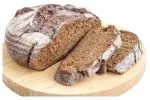
This bread is made with flour from rye grain and which is slightly darker in colour (how light or dark the rye bread is can vary depending on the flour). It is typically denser and has a stronger flavour than bread made from wheat flour. It is classified as a wholegrain bread.
Sourdough bread
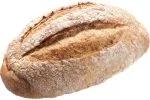
Sourdough bread is not made with yeast, but with a ‘starter’ batter of flour and water, filled with living yeast and bacteria. This bread also has a low GI which keeps you feeling full for longer than ordinary white bread. Keep in mind it doesn’t contain as much fibre as wholegrain bread.
Gluten free
For those that need to follow a gluten free diet due to coeliac disease or gluten intolerance, it is important to choose wisely as many of the options available are lacking in fibre and contain preservatives and other additives.
A Dietitian’s top bread recommendations:
- Burgen Wholemeal & Seeds
- Lawson’s Traditional Bread Stone Mill Wholemeal
- Coles Bakery High Fibre Low GI 7 Seeds & Grains Sandwich Bread Loaf
- Abbott’s Bakery Harvest Seeds & Grains
- Woolworths 7 Seeds and Grains Fibre Low GI Loaf
- Bill’s Healthy Bakery 7 Seeds Multigrain Sourdough
- Woolworths Wholesome Country Wholemeal
- Helga’s Traditional Wholemeal
- Tip Top 9 Grain Wholemeal
- Burgen Rye
—
Notes
- Check out more of our nutrition articles here.
- Looking for healthy recipe inspiration? Check out our Cookbook here.
- Follow @thebitingtruth on Instagram for more product recommendations and comparisons.
